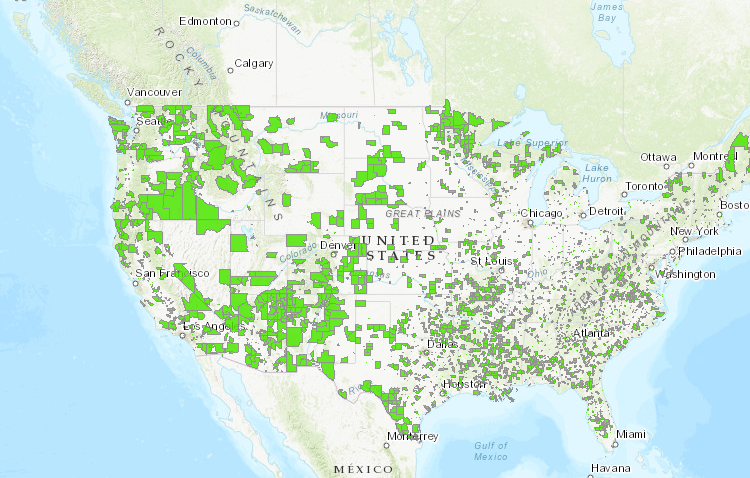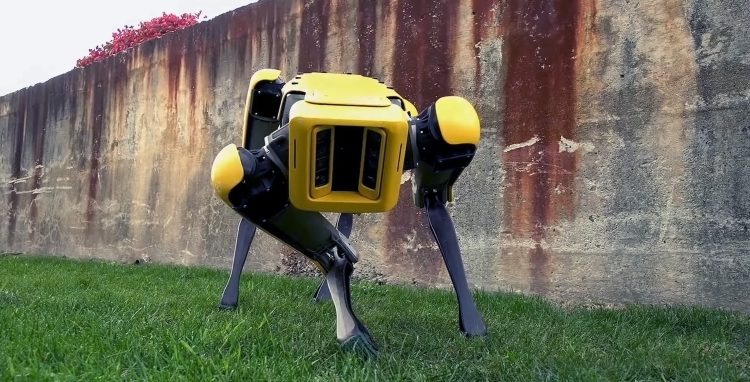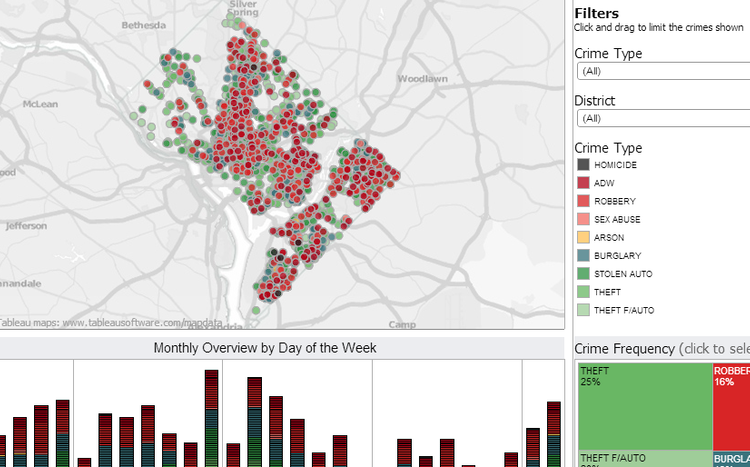1. Biased analysis → Misunderstood cause-effect In Biased Ways We Look at Poverty, Adam Ozimek reviews new evidence suggesting that food deserts aren’t the problem, behavior is. His Modeled Behavior (Forbes) piece asks why the food desert theory got so much play, claiming “I would argue it reflects liberal bias when it comes to understanding […]
1. Machines Gone Wild → Digital trust gapLast year I spoke with the CEO of a smallish healthcare firm. He had not embraced sophisticated analytics or machine-made decision making, with no comfort level for ‘what information he could believe’. He did, however, trust the CFO’s recommendations. Evidently, these sentiments are widely shared. — Tracy A […]
1. Hire analytics translators → Keep data scientists happy An emerging role – what some call the Analytics Translator – is offloading burden from data scientists, while helping business executives get better value from their technology investments. A recent HBR piece explains You Don’t Have to Be a Data Scientist to Fill This Must-Have Analytics […]
1. Recognize bias → Create better algorithmsCan we humans better recognize our biases before we turn the machines loose, fully automating them? Here’s a sample of recent caveats about decision-making fails: While improving some lives, we’re making others worse. Yikes. From HBR, Hiring algorithms are not neutral. If you set up your resume-screening algorithm to […]
Technology helps us discover meaningful patterns: Buying behavior, criminal activity, health effects. But when we succumb to pretty pictures and mindless measurement, shiny data fails to help answer important questions. Source: Tableau. This data visualization tool would be great for someone seeking crime stats – say, for law enforcement or house buying. But it doesn’t […]
1. Long view → Better financial performance.A McKinsey Global Institute team sought hard evidence supporting their observation that “Companies deliver superior results when executives manage for long-term value creation,” resisting pressure to focus on quarterly earnings (think Amazon or Unilever). So MGI developed the corporate horizon index, or CHI, to compare performance by firms exhibiting […]
Our founder, Tracy Allison Altman, will talk about cognitive bias and behavioral economics for software design @ Papers We Love – Denver. Tversky and Kahneman’s classic “Judgment under Uncertainty: Heuristics and Biases” challenged conventional thinking about bias in decision making, inspiring new approaches to cognitive science, choice architecture, public policy, and the underlying technology. Join […]
1. “A gut is a personal, nontransferable attribute, which increases the value of a good one.” This classic from Harvard Business Review recaps how policy makers have historically made big decisions. It’s never just about the data. A Brief History of Decision Making. 2. A reminder to look for the nonobvious. This analysis examines differences […]
1. It’s tempting to think there’s a hierarchy for data: That evidence from high-quality experiments is on top at Level 1, and other research findings follow thereafter. But even in healthcare – the gold standard for the “gold standard” – it’s not that simple, says NICE in The NICE Way: Lessons for Social Policy and […]
There’s plenty of advice about designing presentations. But little of it prepares you for delivering complex evidence to senior-level decision-makers. This should help. How might your evidence help someone understand the steps required to reach an important goal? 1. Put together lean evidence, embracing lean management concepts. As explained by the Lean Enterprise Institute, “The […]








